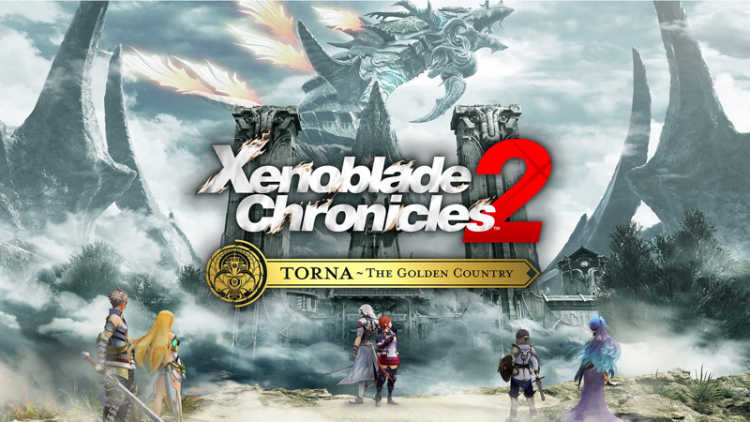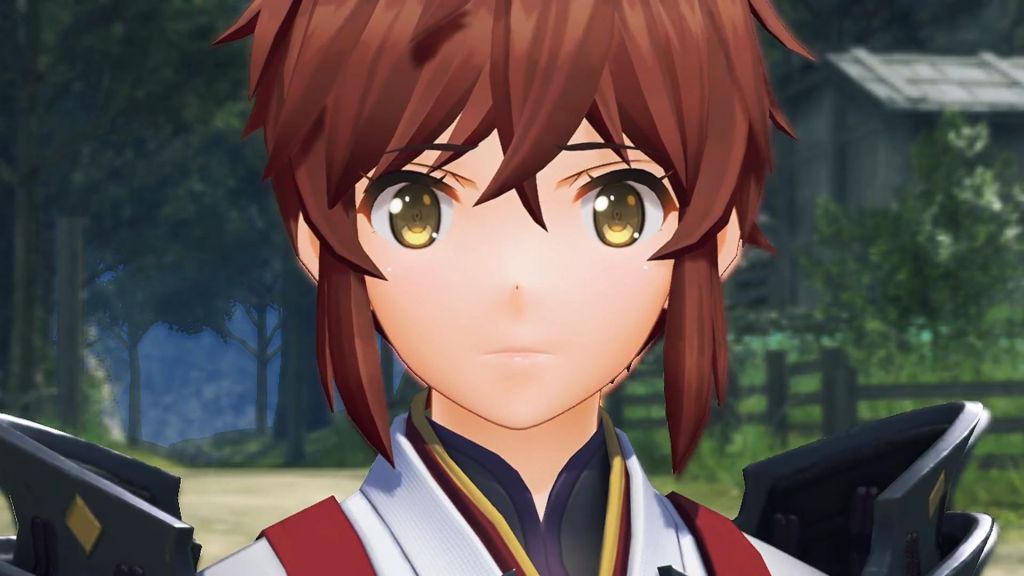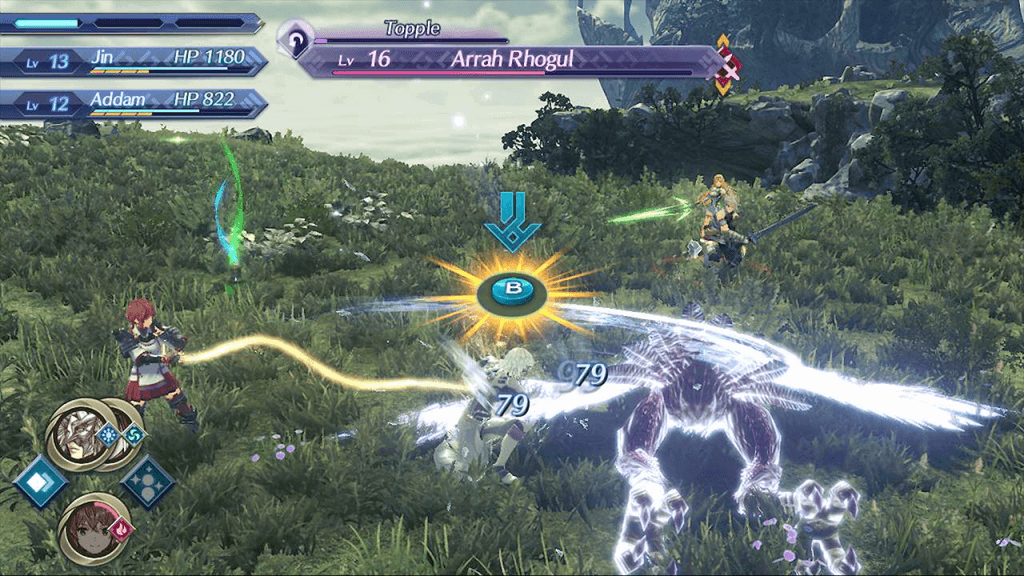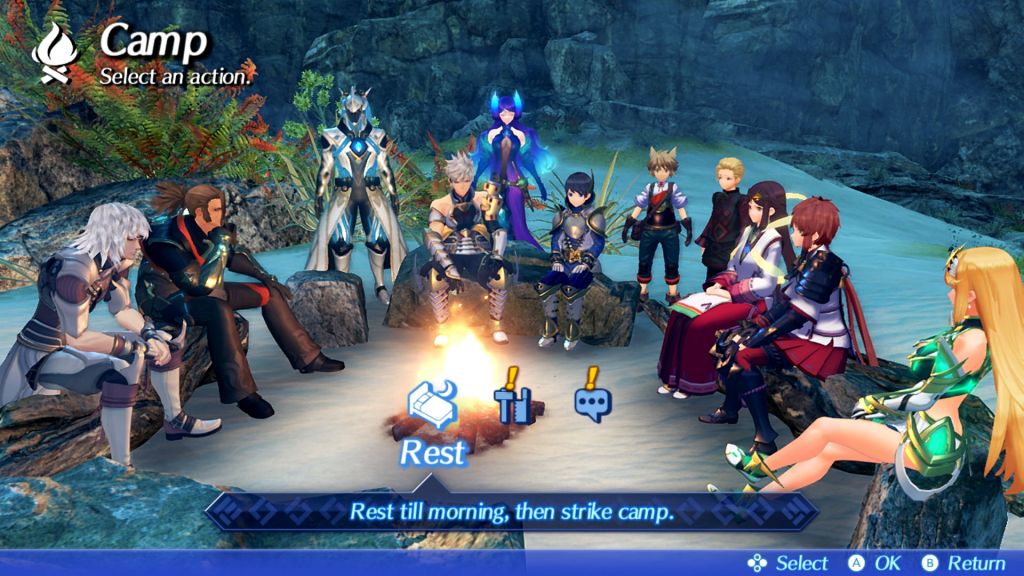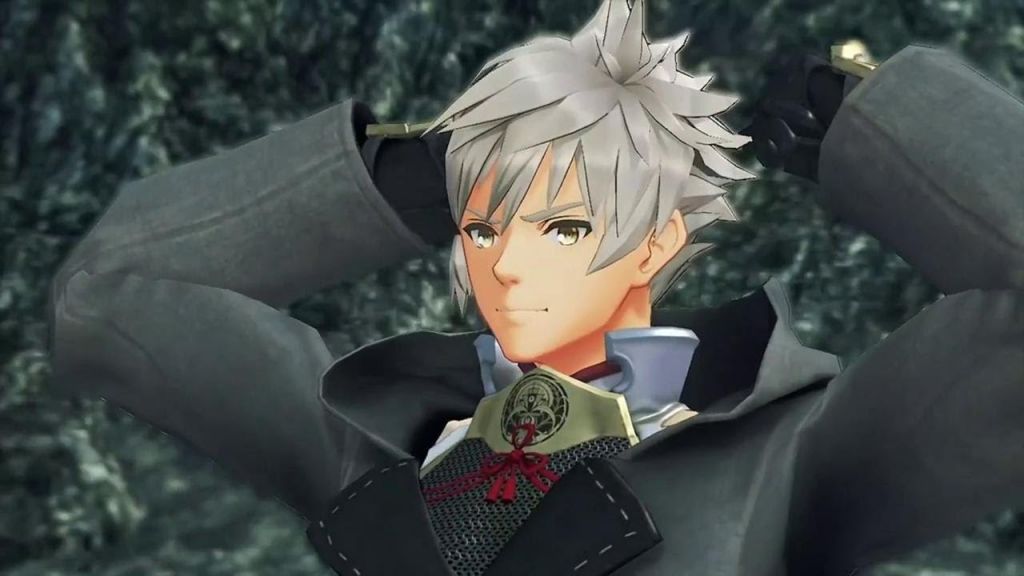Get ready for another epic adventure
When Xenoblade Chronicles 2 released, it revealed a whole new world full of life, wonder, and mysteries to be solved. Indeed, though it took a bit to get running, once the story got its rhythm it truly soared. Including, in my opinion, giving a heartwarming ending that might just bring a tear to your eye. Monolith Soft revealed afterward their plans for a new story chapter/addition that would expand upon the world, which later would be revealed to be a prequel to the game detailing the fall of Torna. The question now was, would it be worth the purchase?
Well, I hope that this Torna – The Golden Country Review proves to you that it is.
Game Name: Xenoblade Chronicles 2: Torna ~ The Golden Country
Platform(s): Nintendo Switch
Publisher(s): Nintendo
Developer(s): Monolith Soft
Release Date: September 14, 2018 (DLC) / September 21, 2018 (physical)
Price: September 14, 2018 (DLC) / September 21, 2018 (physical)$29.99 (expansion pass) / $39.99 (physical)

It’s important to note that Xenoblade Chronicles 2: Torna ~ The Golden Country is meant to be a standalone game. So much so that Nintendo and Monolith Soft agreed to not just give it out via the Expansion Pass, but also to release a physical copy – which this review is based on. So while you don’t have to play Xenoblade Chronicles 2 to enjoy this, I will say that it helps immensely at times. In fact, you should play Xenoblade Chronicles 2, regardless.
The story itself is set 500 years before the story of Rex, Pyhrra, and the others. But it’s hardly a time of peace. Malos, the evil version of the Aegis, has gone on a rampage, using whatever means at his disposal to quicken both the destruction of the world and the human race. And very importantly, he’s succeeding. You play as Lora, a young woman who is caught up in this mess very unintentionally, and alongside her Blade, Jin (who players of the main game will know the significance of), have to help a new team of heroes put down Malos before everything is destroyed.
One of my biggest complaints about Xenoblade Chronicles 2 (see my review here!), was that Rex wasn’t the best main character. Not because he wasn’t a hero, or wasn’t “pure enough” or some such. But rather, he was far too innocent and naive, and due to that, some of his dialogue and scenes made my eyes roll. However, with Lora, it’s the complete opposite. Here, we get a young woman who has fought for everything she has and is visibly changed because of the events of her life.
This also goes for a new character, Addam, who was named dropped in the main game. I won’t spoil it if you haven’t played it. Let’s just say that he has connections with a certain character. However, unlike them his vastly different in many aspects. He is a hero, but a reluctant one. Just as reluctant is his role in the Tornan government. Addam is 4th in line to the crown, and despite that “lower rank”, his love of his country and people have gotten him a lot of praise, including some who think that he should be king. But of course, Addam doesn’t want that. In fact, I would go so far as to say that Addam is one of the best new characters in the game, period. He’s got a wealth of personality and style that it’s hard not to want him to talk more, do more, and have even more story.
Other characters make the game more fun. Including some fan-favorites like Mythra, Brighid, Azurda, and more. In addition to them are several new characters such as Milton, Minthos, Hugo, and a few others. The cast is very fleshed out, and it shows.
What would a Torna – The Golden Country Review be without combat breakdown? This was something that the main game struggled with at times. They loved to push the combat in many ways, but at times it got a bit too complicated. It took a while to get the hang of it. But, with Torna – The Golden Country, they did something a bit better. Instead of just controlling Blades and who was next to you, you could actually become the Blades themselves. Use their abilities, as well as have abilities for yourself. This is a big twist on things, and it works more often than it doesn’t. There are still a few hiccups and flaws, but I honestly prefer this battle system to the main game.
A drawback, however, is that you only have three characters in your party; Lora, Hugo, and Addam. While each of them possesses two Blades at any given time, you can’t summon more. On one hand, summoning fun Blades was a highlight in Xenoblade Chronicles 2, but not getting the special ones was a bummer. Yet here, we get more time to sync with the battle system via the intimacy with the party and utilizing their abilities more. The only problem is that this limits variety. So it’s a bit of a preference whether you like it this way or not.
One of the biggest changes of all though is the world itself. Since this is 500 years before the main game, nothing is the same in terms of where you can go. Or at least, not exactly. Torna – The Golden Country only lets you go to two Titans, but one of them is completely new in Torna, so everything there is something you haven’t seen before. Then, you go back to Gormott, but it’s before the place was fully lived in, so a key city is actually shown destroyed by bandits instead of being a thriving town like in the main game. This means that there is a lot to explore, and a lot to do.
Which brings me to one of my favorite things to talk about in this review…the sidequests. They are back and in a big way. Which is great, as they provide you with more title to enjoy the game. What’s more, talking to people helps boost a new feature in the game called “Community”. The more “Community” you have, the more sidequests you can do, and the more sidequests you can do, the more you can level up outside of grinding in battle. Which I can honestly say I never had to do in the entirety of the game because of the sidequests.
That being said, there are two big “stopping spots” in the game where you HAVE to level up your Community level, and that can be maddening at times. Thankfully, the game does make it so that you don’t have to struggle too much in order to get the next level, but it will take a little time.
Another new thing that I liked about the game is the new version of the Crafting system. In Torna – The Golden Country, each character has the ability to make something, and you gather around a campfire to do it. This is simple, easy, and a great visual. Plus, it’s just nice to see the entire party being around a campfire and talking.
Now though, let’s talk about the biggest question of all, “Does Torna – The Golden Country answer all the questions from the main game?” Well…yes and no. I would argue that much of the games’ lingering questions are answered. What happened to Torna, who caused it, why did Addam go to Leftheria, etc. One of my personal favorite revelations was how the death of a character led to Mythra transforming herself into Pyhrra. It was a very powerful moment.
That being said, there are some weird plot points that weren’t fully explained. Or in the case of one boss battle, so far into the endgame (like the literal endgame) that it made no sense to have the fight there at all. Furthermore, if you didn’t play the main game, you might find yourself questioning certain things about why Torna – The Golden Country concluded as it did.
Which is arguably my biggest fault in the game, it tries to connect itself to Xenoblade Chronicles 2 at points and it just doesn’t work. Yes, I know that this is a prequel, but its also a standalone title. Meaning that playing the main game isn’t a requirement. Yet, at the end of this expansion, Mythra has a “vision” of Rex (presumably using Foresight) and it just doesn’t make that much sense. Then there’s the “death” of a certain main character that will only make sense if you play through the main game. Additionally, a key side character from Torna who is in the main game isn’t shown getting his “full transformation”, and thus it’s unclear how he ends up as he did in the main game. It just doesn’t sit well with me and leaves me with more questions as to what’s going on.
Finally, the games’ graphics suffer in Handheld Mode, just like they did in Xenoblade Chronicles 2. At times they’ll be crisp HD, but other times, they’ll be incredibly pixelated. I might have understood this happening in the main game, but in the prequel/sequel? Not so much.
One small note, the game itself is about a third of the length, which may not seem like a lot, but 20+ hours (and I didn’t do everything) is still a decent sized game.
In the end though, Torna – The Golden Country was a solid RPG prequel, and whether you get it via the Expansion Pass or the physical copy, you’re going to not just enjoy it, but feel up to playing Xenoblade Chronicles 2 again (and if you get the physical copy, you’ll get a code to unlock the other Expansion Pass content.)
I would recommend playing the main game before getting this, but if you choose not to, you’ll enjoy it none the less.
Affiliate Link Disclosure: One or more of the links above contain affiliate links, which means at no additional cost to you, we may receive a commission should you click through and purchase the item.
Summary
Torna – The Golden Country is a worthy prequel of Xenoblade Chronicles 2, and will change how you view the main game and the “legends” that are told in it. It improves many things and only has a few flaws that set it back from being on par with the original. A fun game for sure and one that I highly recommend to anyone who played Xenoblade Chronicles 2 or enjoys a good RPG.
Pros
- Strong Story
- Great Characters
- Solid combat
Cons
- Story pacing suffers at times
- There are still some questions that go unanswered


